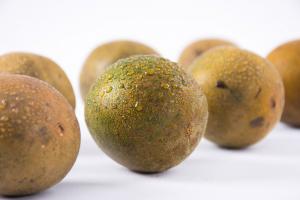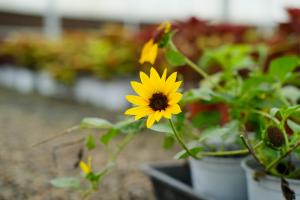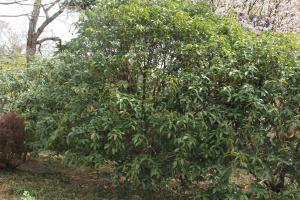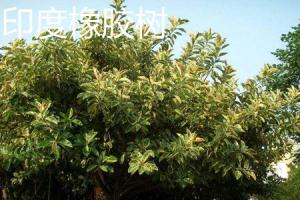1、 Classified according to ecological habits
According to the classification of ecological habits, flowers can be divided into primary and biennial flowers, such as sunflower; Bulbous flowers, such as hyacinth; Perennial flowers, such as peony; Pulpy plants, such as cactus; Indoor foliage plants, such as bamboo taro; Orchid flowers, such as Phalaenopsis; Aquatic flowers, such as lotus; Woody flowers, such as jasmine
2、 Classification according to plant morphology
According to the classification of plant morphology, flowers can be divided into herbaceous flowers, including perennial herbaceous flowers and biennial herbaceous flowers, such as chrysanthemum; Woody flowers, including trees, shrubs and bamboos, such as Osmanthus fragrans

3、 Classification according to cultivation type
According to the classification of cultivation types, flowers can be divided into open flowers, such as elm leaf plum; Greenhouse potted foliage plants, such as rubber trees; Greenhouse potted flowers, such as big rock Tung; Cut flowers, such as Gladiolus; Cutting leaves, such as asparagus; Dried flowers, such as straw chrysanthemum
4、 Classification by purpose
According to the classification of uses, flowers can be divided into cut flowers, such as carnation; Potted flowers, such as Geranium; Ground plants, such as pansy

5、 By other categories
In addition to the above classification methods, flowers can also be classified according to water requirements, such as dry, semi dry, medium, wet and aquatic; It can be classified according to the temperature requirements, such as cold resistance, liking cool, medium temperature, liking temperature and heat resistance; It can be classified according to the lighting requirements, such as positive, neutral, negative or short sunshine, long sunshine and medium sunshine; It can be classified according to ornamental parts, such as flowers, fruits, leaves, stems and fragrance


 jackfruit
jackfruit snake plant
snake plant hibiscus
hibiscus hydrangea
hydrangea lavender
lavender Green roses climb al...
Green roses climb al... If you don't pay att...
If you don't pay att... Management of four g...
Management of four g...


































